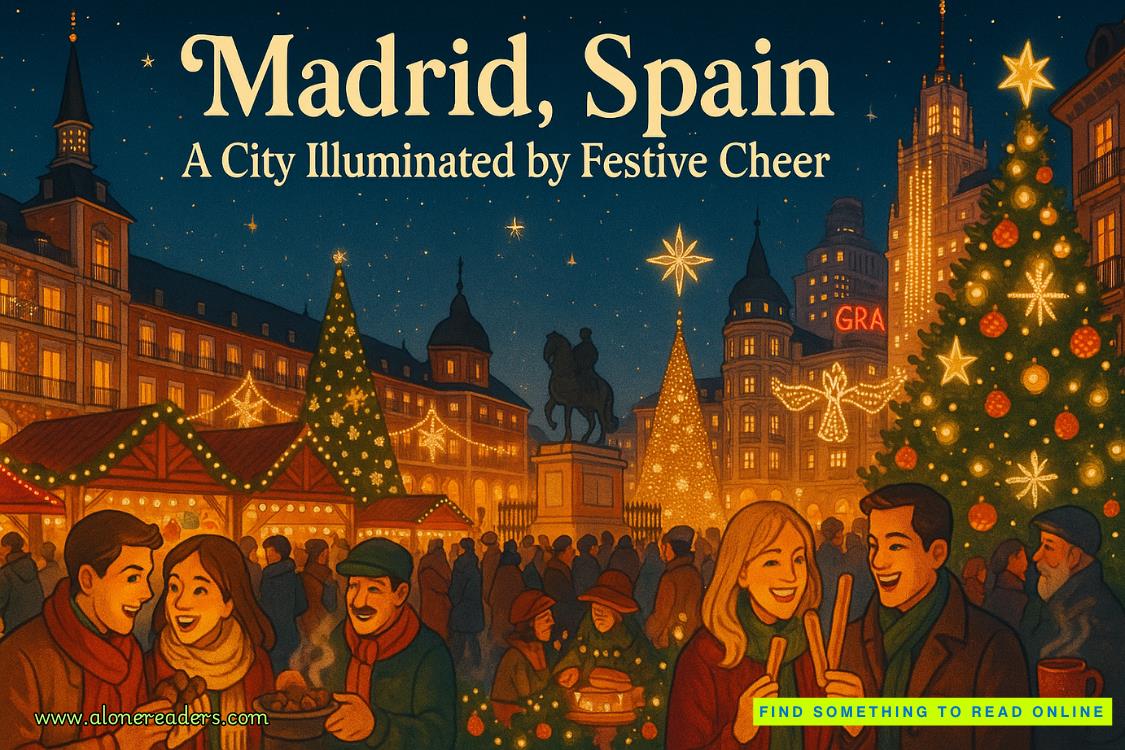Or are we? Langdon whispered inwardly, mouthing along with the playback.
“Or are we?” Langdon intoned overhead. “We consider ourselves modern rational individuals, and yet our species’ most widespread religion includes a whole host of magical claims—humans inexplicably rising from the dead, miraculous virgin births, vengeful gods that send plagues and floods, mystical promises of an afterlife in cloud-swept heavens or fiery hells.”
As Langdon spoke, the ceiling flashed well-known Christian images of the Resurrection, the Virgin Mary, Noah’s Ark, the parting of the Red Sea, heaven, and hell.
“So just for a moment,” Langdon said, “let us imagine the reaction of humankind’s future historians and anthropologists. With the benefit of perspective, will they look back on our religious beliefs and categorize them as the mythologies of an unenlightened time? Will they look at our gods as we look at Zeus? Will they collect our sacred scriptures and banish them to that dusty bookshelf of history?”
The question hung in the darkness for a long moment.
And then, abruptly, Edmond Kirsch’s voice broke the silence.
“YES, Professor,” the futurist boomed from on high. “I believe all of that will happen. I believe future generations will ask themselves how a technologically advanced species like ours could possibly believe most of what our modern religions teach us.”
Kirsch’s voice grew stronger as a new series of images splashed across the ceiling—Adam and Eve, a woman shrouded in a burka, a Hindu firewalk.
“I believe future generations will look at our current traditions,” Kirsch declared, “and conclude that we lived during an unenlightened time. As evidence, they will point to our beliefs that we were divinely created in a magical garden, or that our omnipotent Creator demands that women cover their heads, or that we risk burning our own bodies to honor our gods.”
More images appeared—a fast-moving montage of photographs depicting religious ceremonies from around the world—from exorcisms and baptisms to body piercing and animal sacrifices. The slide show concluded with a deeply unsettling video of an Indian cleric dangling a tiny infant over the edge of a fifty-foot tower. Suddenly the cleric let go, and the child plummeted fifty feet, straight down into an outstretched blanket, which joyful villagers held like a fireman’s net.
The Grishneshwar Temple drop, Langdon thought, recalling that it was believed by some to bring God’s favor to a child.
Thankfully, the disturbing video came to an end.
In total darkness now, Kirsch’s voice resonated overhead. “How can it be that the modern human mind is capable of precise logical analysis, and yet simultaneously permits us to accept religious beliefs that should crumble beneath even the slightest rational scrutiny?”
Overhead, the brilliant sky of stars returned.
“As it turns out,” Edmond concluded, “the answer is quite simple.”
The stars in the sky grew suddenly brighter and more substantial. Strands of connecting fiber appeared, running between the stars to form a seemingly infinite web of interconnected nodes.
Neurons, Langdon realized just as Edmond began to speak.
“The human brain,” Edmond declared. “Why does it believe what it believes?”
Overhead, several nodes flashed, sending pulses of electricity through the fibers to other neurons.
“Like an organic computer,” Edmond continued, “your brain has an operating system—a series of rules that organizes and defines all of the chaotic input that flows in all day long—language, a catchy tune, a siren, the taste of chocolate. As you can imagine, the stream of incoming information is frenetically diverse and relentless, and your brain must make sense of it all. In fact, it is the very programming of your brain’s operating system that defines your perception of reality. Unfortunately, the joke’s on us, because whoever wrote the program for the human brain had a twisted sense of humor. In other words, it’s not our fault that we believe the crazy things we believe.”
The synapses overhead sizzled, and familiar images bubbled up from within the brain: astrological charts; Jesus walking on water; Scientology founder L. Ron Hubbard; the Egyptian god Osiris; Hinduism’s four-armed elephant god, Ganesha; and a marble statue of the Virgin Mary weeping literal tears.
“And so as a programmer, I have to ask myself: What kind of bizarre operating system would create such illogical output? If we could look into the human mind and read its operating system, we would find something like this.”
Four words appeared in giant text overhead.
DESPISE CHAOS.
CREATE ORDER.
“This is our brain’s root program,” Edmond said. “And therefore, this is exactly how humans are inclined. Against chaos. And in favor of order.”
The room trembled suddenly with a cacophony of discordant piano notes, as if a child were banging on a keyboard. Langdon and those around him tensed involuntarily.
Edmond yelled over the clamor. “The sound of someone banging randomly on a piano is unbearable! And yet, if we take those same notes and arrange them in a better order …”
The haphazard din immediately halted, supplanted by the soothing melody of Debussy’s “Clair de lune.”
Langdon felt his muscles relax, and the tension in the room seemed to evaporate.
“Our brains rejoice,” Edmond said. “Same notes. Same instrument. But Debussy creates order. And it is this same rejoicing in the creation of order that prompts humans to assemble jigsaw puzzles or straighten paintings on a wall. Our predisposition to organization is written into our DNA, and so it should come as no surprise to us that the greatest invention the human mind has created is the computer—a machine designed specifically to help us create order out of chaos. In fact, the word in Spanish for computer is ordenador—quite literally, ‘that which creates order.’”















